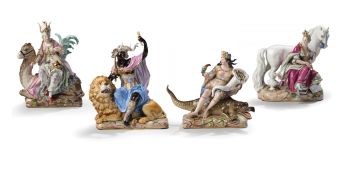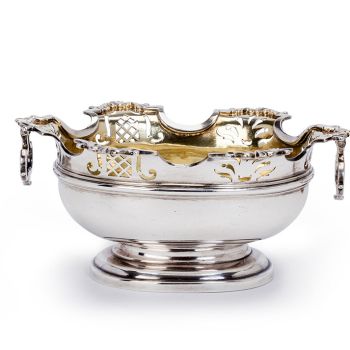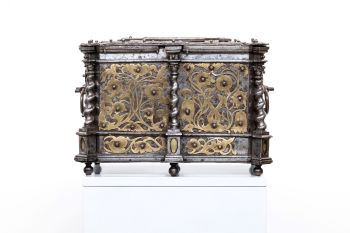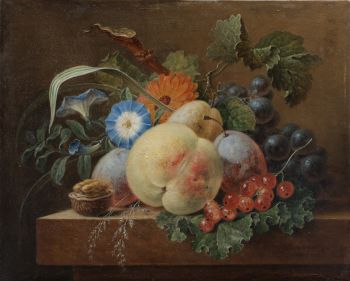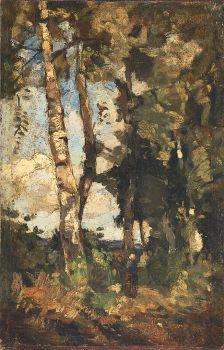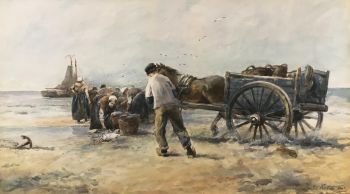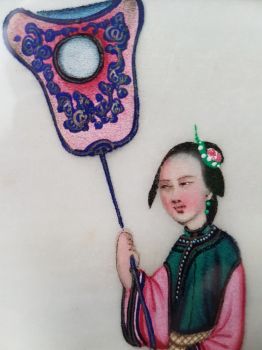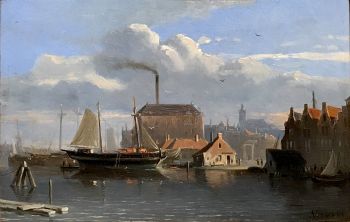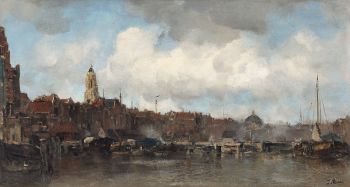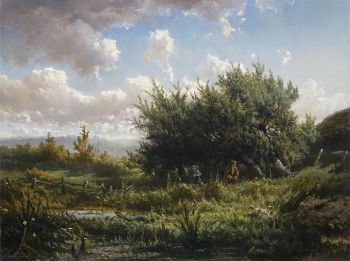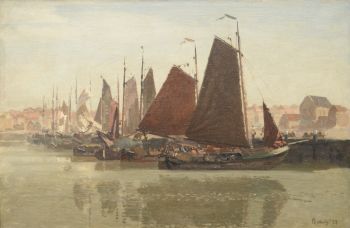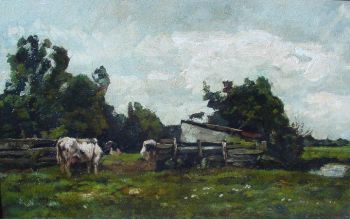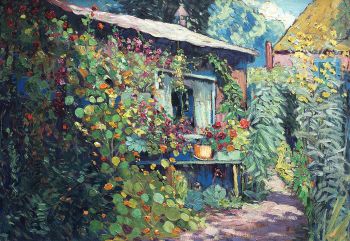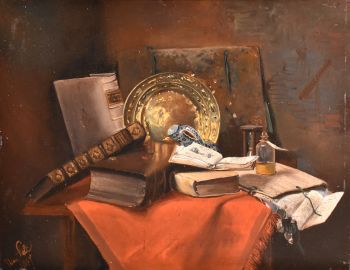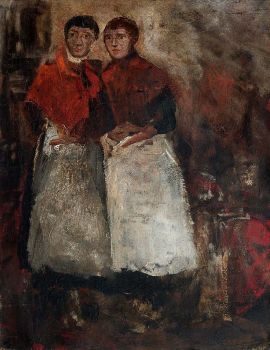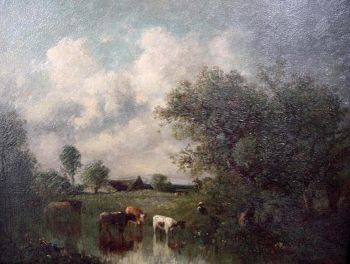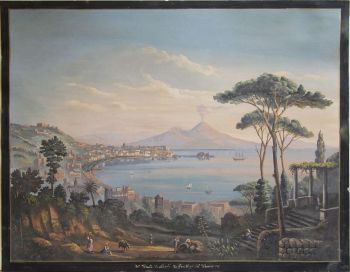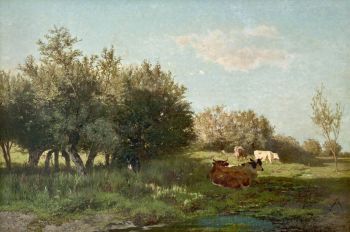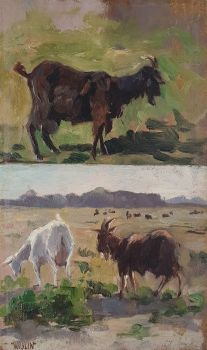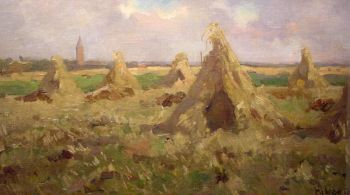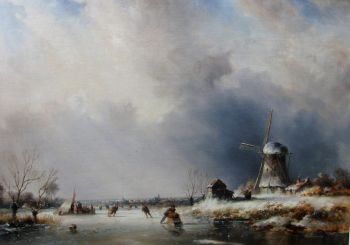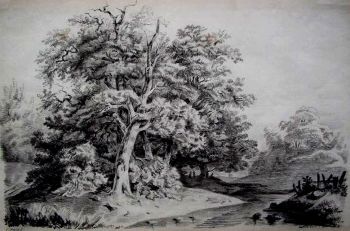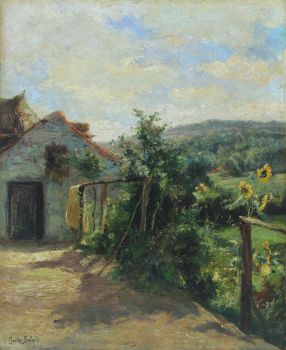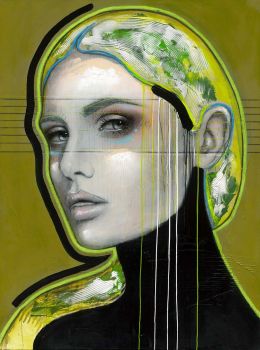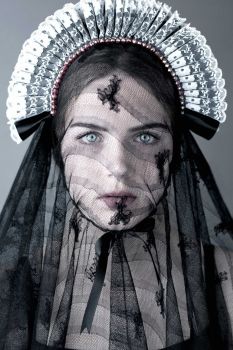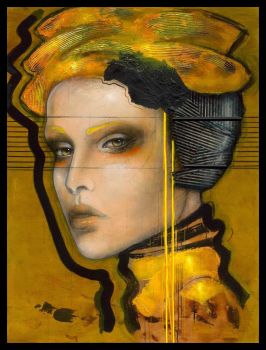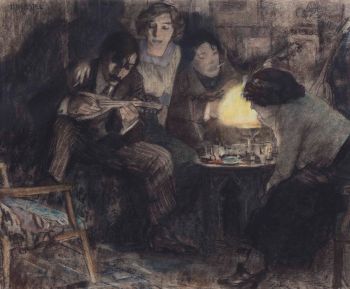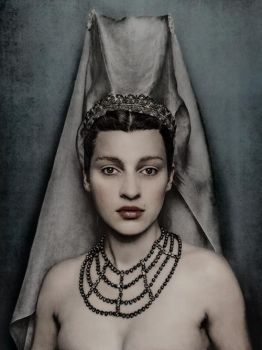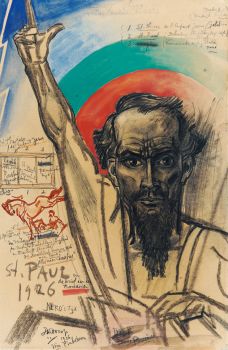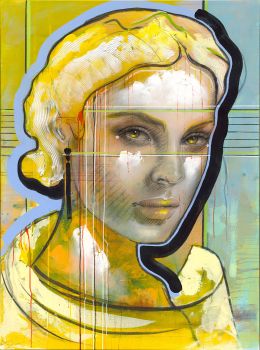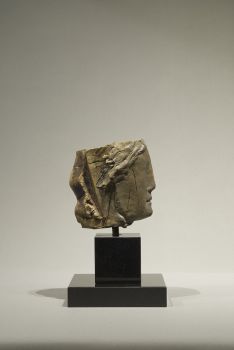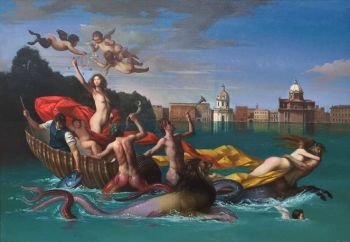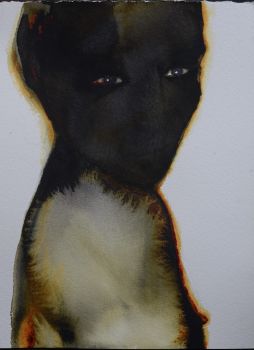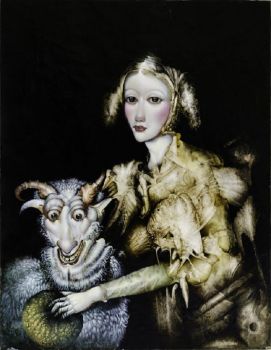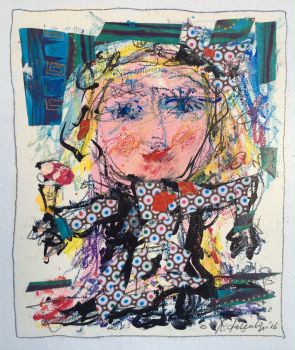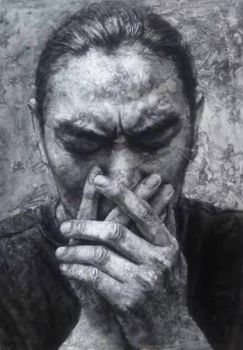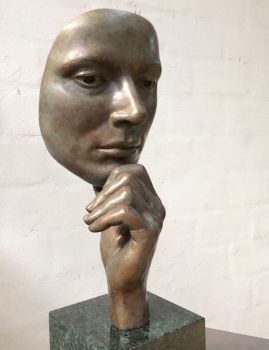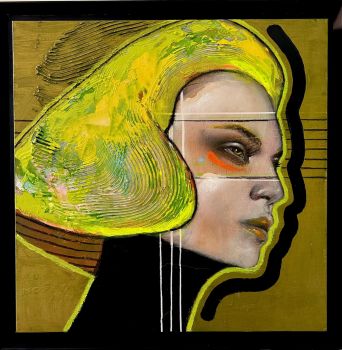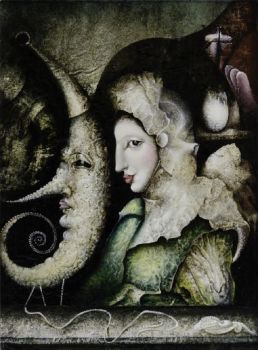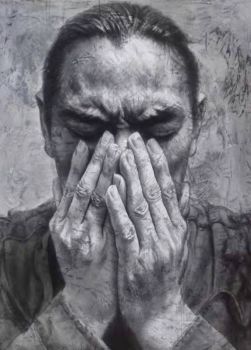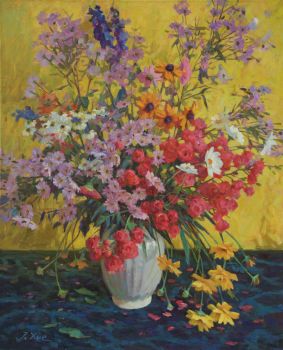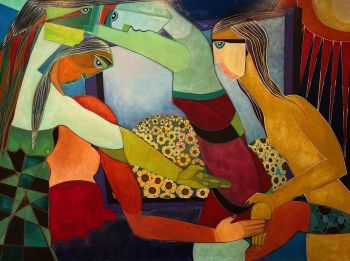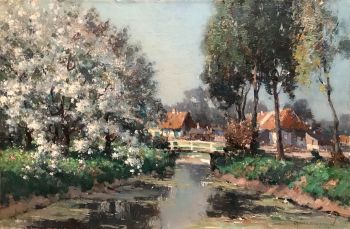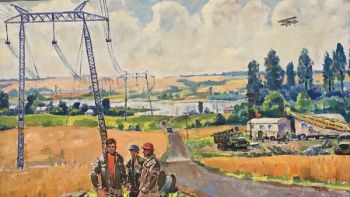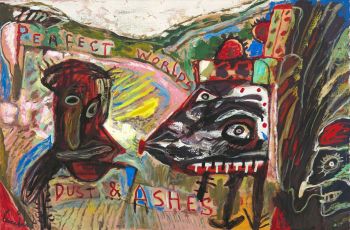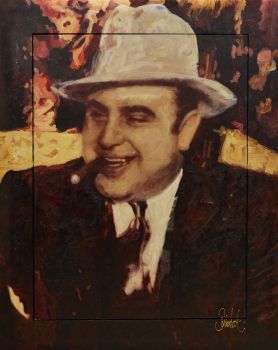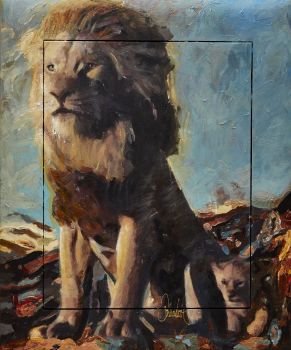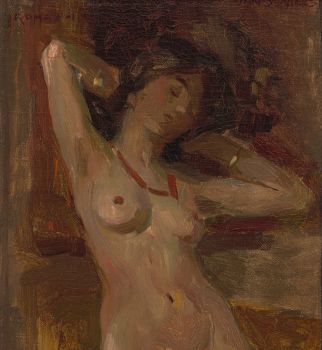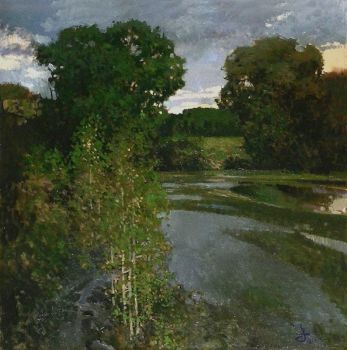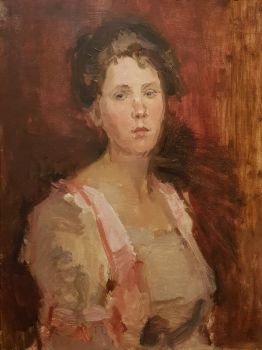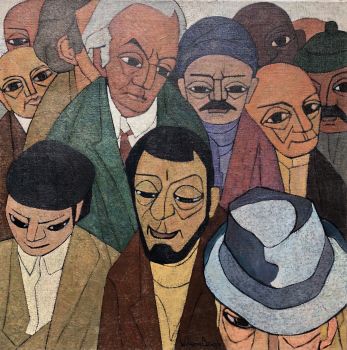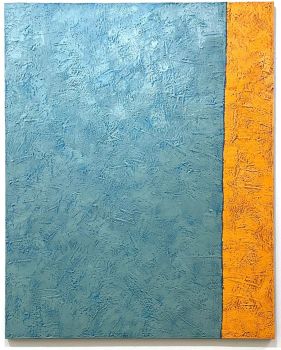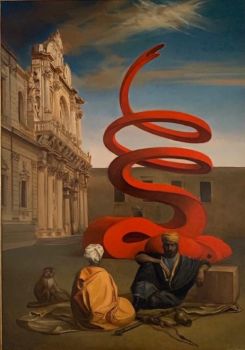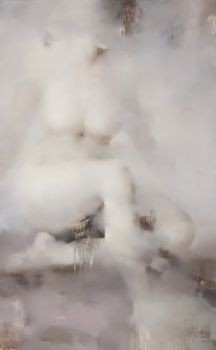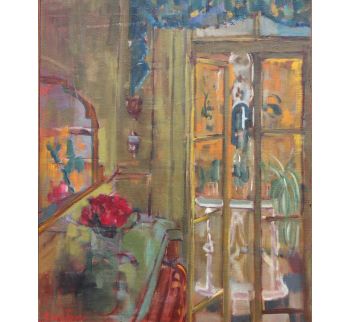19th Century French School Portrait of a flower seller 1790 - 1840
Artiste Inconnu
Huile sur toile originale
59 ⨯ 53 cm
ConditionGood
€ 4.995
Olischlager Antiquairs
- Sur l'oeuvre d'artFrench School, 19th Century Probably Jean-Claude Bonnefond Portrait of a Lily of the Valley Seller Oil on canvas (original canvas) 59.5 x 53 cm
Jean-Claude Bonnefond (1796–1860) was a French painter whose work spanned the transition between Neoclassicism and Romanticism, with a particular interest in genre scenes. His style reflects a blend of these two movements, characterized by detailed depictions of everyday life, expression of emotion, and a rich use of color. Here are some key characteristics of Bonnefond's style Bonnefond is best known for his genre scenes, depicting ordinary people in simple, everyday situations. This reflects a departure from the grand historical and mythological themes of Neoclassicism, in favor of the Romantic interest in human emotion and individual experience. Emphasis on light and color: He mastered the use of light, which often brought warmth and intimacy to his scenes. His colour palette was rich, yet natural, contributing to the realistic yet gentle atmosphere of his works. Romantically influenced, Bonnefond's works often evoked emotions, whether silent contemplation or the difficulties of everyday life. This fits Romanticism's emphasis on emotional depth and individual subjectivity, contrasting with the formal restraint of Neoclassicism.
Provenance:
South German private collection
Dutch private collection - Sur l'artiste
Il peut arriver qu'un artiste ou un créateur soit inconnu.
Certaines œuvres ne doivent pas être déterminées par qui elles sont faites ou elles sont faites par (un groupe d') artisans. Les exemples sont des statues de l'Antiquité, des meubles, des miroirs ou des signatures qui ne sont pas claires ou lisibles, mais aussi certaines œuvres ne sont pas signées du tout.
Vous pouvez également trouver la description suivante :
•"Attribué à …." A leur avis probablement une oeuvre de l'artiste, au moins en partie
•« Atelier de …. ou « Atelier de » À leur avis, une œuvre exécutée dans l'atelier ou l'atelier de l'artiste, éventuellement sous sa direction
•« Cercle de… ». A leur avis une oeuvre de la période de l'artiste témoignant de son influence, étroitement associée à l'artiste mais pas forcément son élève
•« Style de … ». ou "Suiveur de ...." Selon eux, une œuvre exécutée dans le style de l'artiste mais pas nécessairement par un élève ; peut être contemporain ou presque contemporain
•« Manière de… ». A leur avis une oeuvre dans le style de l'artiste mais d'une date plus tardive
•"Après …." A leur avis une copie (quelle qu'en soit la date) d'une oeuvre de l'artiste
•« Signé… », « Daté… ». ou « Inscrit » À leur avis, l'œuvre a été signée/datée/inscrite par l'artiste. L'ajout d'un point d'interrogation indique un élément de doute
• "Avec signature ….", "Avec date ….", "Avec inscription …." ou "Porte signature/date/inscription" à leur avis la signature/date/inscription a été ajoutée par quelqu'un d'autre que l'artiste
Êtes-vous intéressé par l'achat de cette oeuvre?
Artwork details
Related artworks
Artiste Inconnu
A large wall map of Asia by Nicolas de Fer 1647 - 1720
Prix sur demandeZebregs & Röell - Fine Art - Antiques
1 - 4 / 12Artiste Inconnu
Bracelet en diamant du XVIIIe siècle avec intailles vieilles de 2000 ans1790
€ 23.000Adin Fine Antique Jewellery
 Sélectionné par
Sélectionné parDanny Bree
Artiste Inconnu
Set Franse Empire Pendules / Empire Lectura penduleearly 19th
Prix sur demandeKuipers Kunst & Antiek
1 - 4 / 15 Sélectionné par
Sélectionné parDanny Bree
1 - 4 / 24- 1 - 4 / 24
- 1 - 4 / 24
- 1 - 4 / 5






